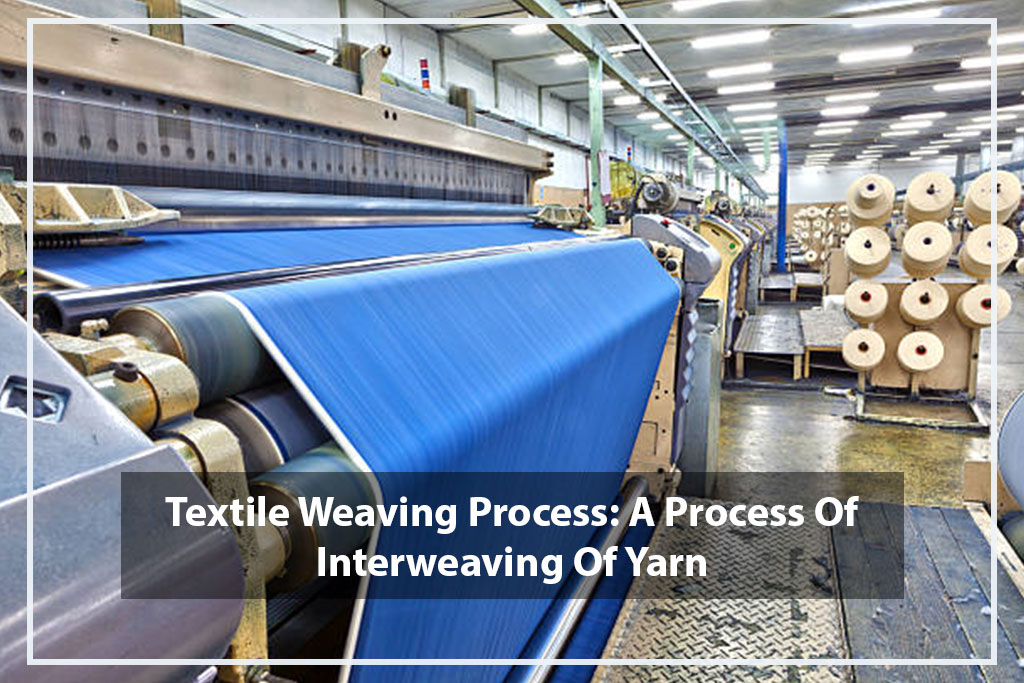Blog Post
Textile Weaving Process: A Process Of Interweaving Of Yarn
The manufacturing of textiles has different levels with their specific roles. In the case of spinning, it is the first step in the process, the garment manufacturing stage is the final stage.
The process of spinning is followed by weaving, finishing, dyeing, and printing. Therefore, weaving is the second stage of the production of textiles and is also widely used for manufacturing fabrics by interweaving/interlacing them.
What Is The Term “Textile Weaving Process”?
Weaving is the act of weaving threads horizontally and vertically at right angles to create a fabric. By altering the manner weave threads are made, different patterns of fabric and textile appearances are produced.
Different weaving techniques are offered for both of these yarns. Let’s examine the tools and the terms that are used in the process of weaving textiles.
Tools And Terms Of Weaving Process:
The process of weaving involves the use of machines to create the fabric. There are a few terms that you need to know before taking a look at the procedure.
Loom:
A machine that performs weaving processes is known as the weaving loom. A hand-loom made of wooden frames is simple, but as an electronic gadget, it can be complex, also known as a modern industrial weaving loom.
Wrap Beam:
A wrap beam is a cylindrical rod. It is around which the warp threads get wrapped before the weaving process. It helps to secure the thread during the weaving process.
Shaft/Harness:
The frame is called a shaft or harness. It moves up and down. It has numerous heddles. These hold the warp threads to make the pattern. Weaver may use a large amount of harness at one time, with heddles.
Process Chart Of Weaving/Manufacturing Fabric In Textile:
Fabric/yarn is used for the weaving process of textiles after the spinning process. The finished product is then processed to additional levels, as described above in the steps.
Doubling And Twisting:
Doubling involves double the yarn to make the wrap needed for weaving, as it eliminates the variation in the thickness. Twisting in weaving is the process of bringing fibres into a continuous yarn.
Winding:
The process of transferring yarns from the bobbin/ring to the form of a handy package is known as winding. It can be electrical or mechanical. The warp yarn gets wound around cones and flanged bobbin packages.
Creeling:
Creeling refers to the process of placing complete packages in a location where they are ready to be released as part of the transfer process. Simply put, it’s the removal of the exhausted package and their replacement with new ones.
Warping:
Warping is the parallel winding of yarn made from cone packages on a warp beam. It is essential to verify that the warp beam is constructed with a superior warp yarn otherwise weaving performance will be compromised.
Sizing: Sizing is the process to provide a protective coating to the warp yarn. Sizing is the primary role in preparing warp yarn that is specifically designed for weaving using cotton yarn.

